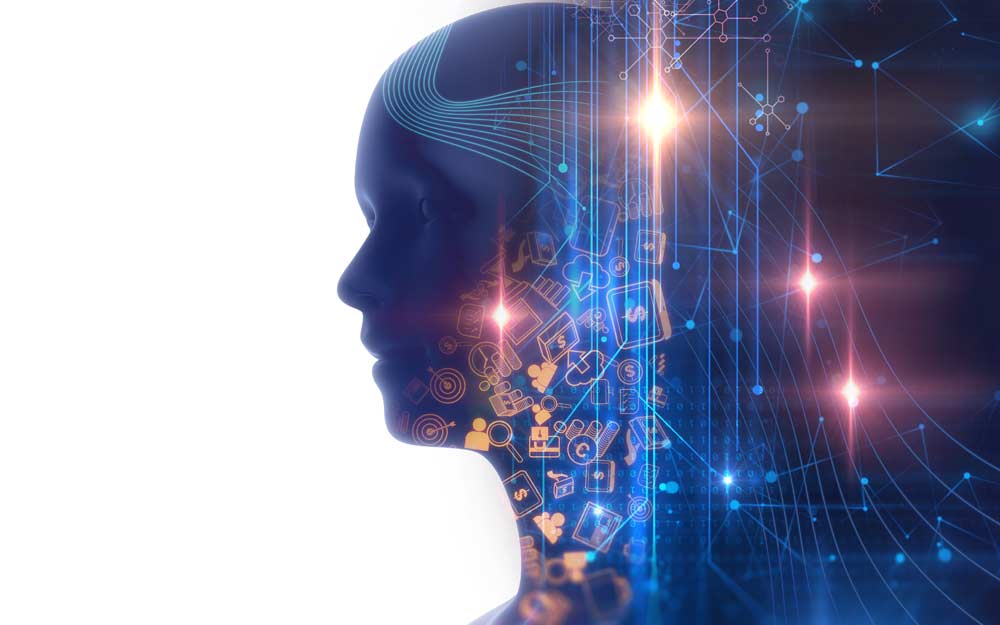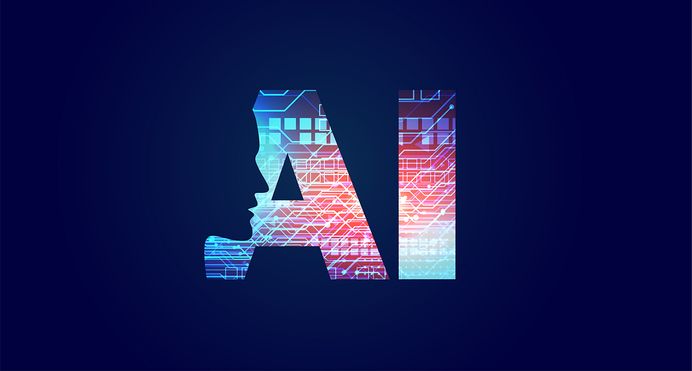
How AI is transforming testing today
AI in software testing ushers in new developments
Stark and Stellar developments in AI
With stark developments in the technological industry and stellar developments within the realm of AI in testing; AI and machine learning are advancing how we interact with technology. In short, we’ve gone from using dated technology to introducing current and modern ways when it comes to solving problems but more importantly, we’ve introduced new ways for us to perform advanced state-of-the-art software testing with the help of artificial intelligence.
Interaction with applications has changed. This is a fact. Whether professionally or personally, how we as humans interact with an application on a daily basis has also changed. For instance, various applications interact with other applications through the use of APIs, accomplished by leveraging legacy systems – and here’s where things get a bit interesting or perhaps problematic even.
Legacy, Linear, and AI. What it Means to Software Testing.
With the use of legacy systems, we’re running on antiquated hardware. This again is a known fact, but along with these ‘problematic facts’, we’ve got ourselves a poor return on investment when using legacy systems, not to mention multiple challenges with vendor lock-in, and we all know how problematic that can be.
For those of you unfamiliar with the terminology, vendor lock-in refers to a term in economics that’s also popularly known as proprietary lock-in or customer lock-in. Systems like these are dated and essentially cripple or makes’ the customer dependent on a vendor for products and services. Over time you’re unable to use another vendor, and if you can, it’s not without substantial switching costs. Lock-in costs create barriers to market entry may result in antitrust action against a monopoly.
With more codes, more changes and a higher tendency for a bigger and better change, testers will have to leverage AI in testing. Perhaps the biggest testament to this change is that as testing changed and grew, it did so with complexities, and in a completely nonlinear fashion. To help you understand this, let’s try and paint a complex picture of your family tree, with one root node that’s the starting point, this holds all the data and other links to other nodes, this root, and node structure represents a nonlinear fashion while a linear fashion is simple, structured and consists of data elements in a sequential manner.
Long story short
Nonlinear data structures are arranged in a sorted order, there’s a relationship between each data element and traversing through data elements in one go is not possible. However, linear data elements are arranged in an organized and orderly manner, where each element is attached adjacently. This assists us to access elements in a one-time run, making a coders life a lot simpler and faster.
According to a recent World Quality Report (WQR), “We believe that the most important solution to overcome increasing QA and Testing Challenges will be the emerging introduction of machine-based intelligence”.
What we’re really trying to say is simple.
Machines help build a higher level and understanding of intelligence.
It’s Bigger and Faster
The ability of a computer program or machine to think and learn is essentially termed as AI. It’s a process of collecting large data and modifying future behavior in a complementary and beneficial way to help us function on an optimum and successful level, this is how AI works in almost all our applications and businesses.
Let’s try and look at various that AI in testing can change software testing. For the better.
Time is Money
Software tests are generally repetitive in nature, they’re repeated every time the source code is modified. A lot of coders to date still manually repeat these tests, costing them valuable time and a lot of money. This in comparison to AI in testing = once created, all your automated tests can be executed time and over, with no additional costs and a much faster pace. With the kind of technology on offer from companies, software testing time span can be reduced from days to mere hours which translates directly into cost savings.
Higher AI-support for developers and testers
In regard to tests running automatically, developers are at the liberty of running more tests that help them catch problems faster, this is all accomplished prior to sending it out to QA.
The fact that you can run your tests automatically gives your business the added advantage, where once the source code changes and accordingly changes are reflected, the developer team is notified, assisting with building a seamless and fluid process.
Essentially; AI in testing supports developers and testers.
Higher test rate with AI
AI-powered testing helps you increase the depth and scope when it comes to test results and an overall improvement in the quality of software. You can see exactly how your software is behaving by reading into data tables, memory and file contents, and even internal program states. Automation in testing can help a developer execute over thousands of different test cases.
Higher accuracy
Human error is almost inevitable, especially when it comes to testing. This is only amplified when it monotonous and repetitive testing. Automation in your testing allows you to repeatedly run tests, achieving the same amount of accuracy time and over. It’s also easier to track and record data. Your testers and developers can utilize their free time to deal with problems of a higher sophistication.
Higher superiority in testing
The ultimate goal for AI in testing it pretty clear; to create more advanced tests.
AI’s machine learning characteristic allows it to not just repeat monotonous tasks at a higher rate and proving to be a lot more efficient but AI’s core advantage lies in its ability to always learn.
This allows the tool to “recognize patterns, creating a comprehensive data model based on the various parameters observed and generates automated API tests, enabling and applying learned patterns to other API tests. These automatic responses helps you to enhance testing and help users create advanced and automated test scenarios”, says Igor Kirilenko.
AI is more than what you see
From buzzwords to making an unprecedented impact in the field of software testing. AI is more than just bots and self-driving, and we can see how it’s easier to romanticize AI with these concepts that make for better selling and a story that practically writes itself. However, it should also be noted that we’re making some serious impact when it comes to our coding and developing.
“Brands like Appvance are one of the leaders when it comes to AI testing. They make use of Artificial Intelligence when it comes to cases based on user behavior. All the tests conducted comprehensively aims to cover what actual end-users do on production systems, making it 100% user-centric”.
If you’re looking to accelerate your API testing, maybe it’s time you looked to move away from rudimentary solutions and towards a dynamic and precise approach. Between testing codes more efficiently and effectively, freeing up valuable developer and coder time and creating a higher quality of software through better testing. Maybe it’s time you looked at AI. To learn more visit interface AI
Read our blog on: 3 Ways Artificial Intelligence is Improving Software Quality
Discover the Latest Insights on Interactive Intelligence for Banking Newsletter
Join the newsletter to receive the latest updates in your inbox.



